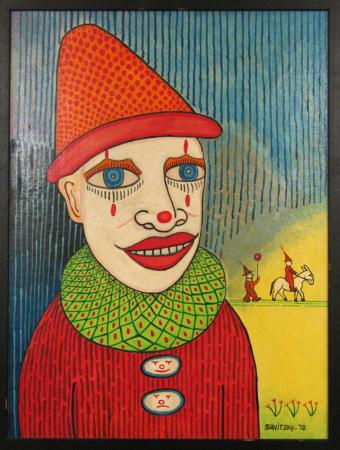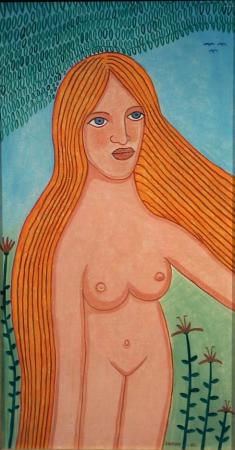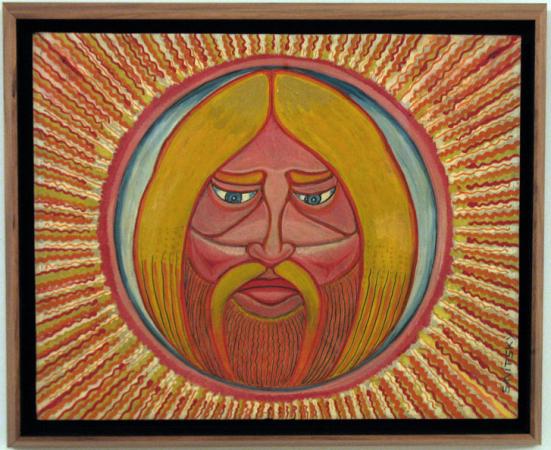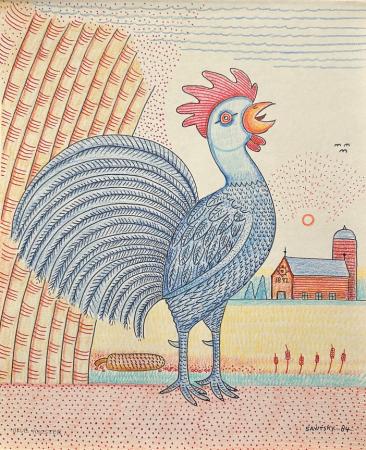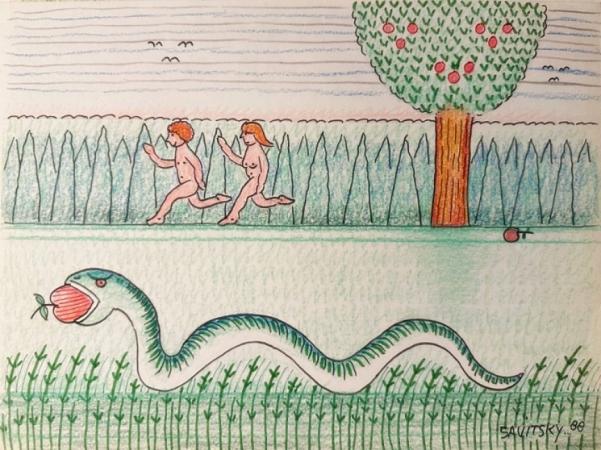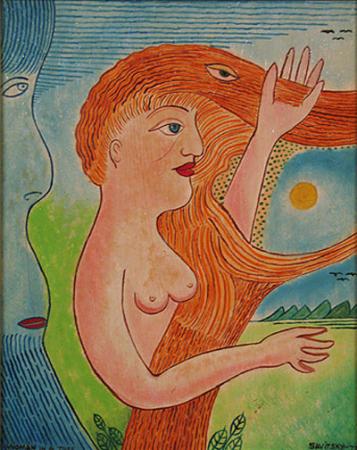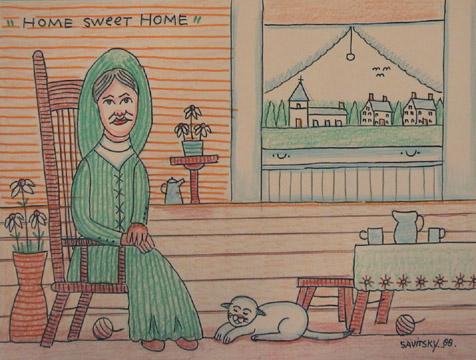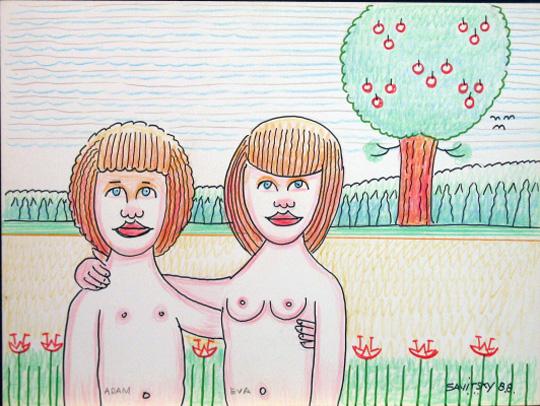Jack Savitsky
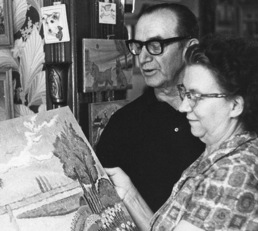 “Coal Miner Jack” Savitsky was a native of New Philadelphia in northeastern Pennsylvania. He is considered by many as one of America's finest self-taught painters.
“Coal Miner Jack” Savitsky was a native of New Philadelphia in northeastern Pennsylvania. He is considered by many as one of America's finest self-taught painters.
Born in 1910 into a family of nine, Savitsky attained only a sixth grade education. Then he had to go to work, and the only work was the coal mines. He had a strong desire to create pictures and used chalk to make pictures on the walls in the mines. Occasionally he would draw pictures in bars for a pint of whiskey, a pack of cigarettes, or five gallons of gas. After 35 years in the mines and suffering black lung disease, he retired in 1960 and began to draw and paint in earnest.
Primarily, Savitsky’s pictures depicted the life and times of the coal miners, their families and life in the rural villages. His works present guileless views of his surroundings and people he knew best. With charm and warm humor, he portrayed what was close to his heart and soul. His presentations are simple but not plain, full not overworked. Scenes of miners, farmers, working men and women, their children, homes and towns may seem somewhat mundane. However, they picture the essence of the American experience and are rich in humanness.
Trying to sell his pictures for $5.00 each, Savitsky offered his works at local events. Then he was discovered by Sterling and Dorothy Strauser who encouraged him, bought his work and brought it to the attention of other significant artists and collectors. Savitsky began to attain universal recognition and Herbert Hemphill Jr. used a Savitsky painting for the cover of his fine book “Twentieth Century Folk Art and Artists”.
“Coal Miner Jack” died in 1991 and today his works are displayed in many well-known collections and museums. These include the Museum of American Folk Art in New York, the Abby Aldridge Rockefeller Collection, Williamsburg, the Milwaukee Museum, and the National Museum of American Art, Washington, DC.


